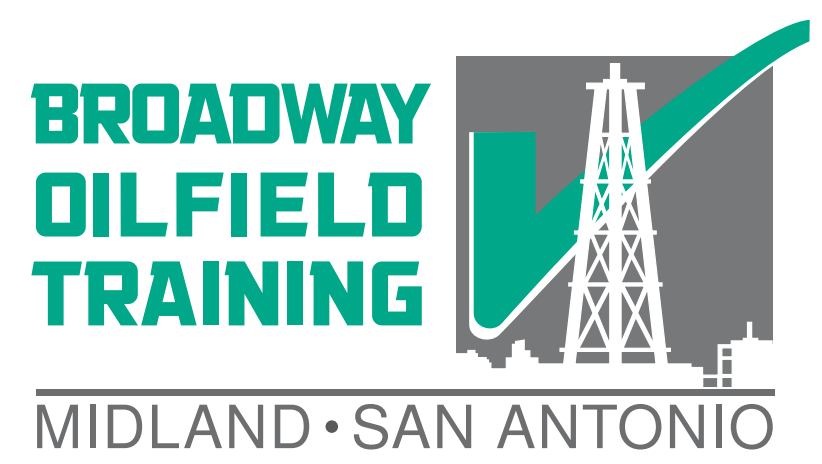San Antonio: Bump test your H2S monitor here.
In order to keep track of hydrogen sulfide concentrations and protect workers, a combination of different types of H2S monitoring processes are used. Alarms will have a visual and audible component to notify workers. Fixed monitoring is done to monitor concentrations around the rig, personal monitoring protects each worker where they are, and confined space sampling tests the atmosphere in confined spaces before workers may enter. The monitors used in these processes must be tested and calibrated so that they are working and reading correctly. H2S monitors will not protect workers if they are not functioning properly and in the correct location.
FIXED H2S GAS MONITORING
There are several places on the rig where wellbore fluids, and thus H2S, can be released. These places, such as the shale shaker, mud return, and bell nipple make for ideal places to monitor for the presence of H2S returns in high concentrations. Low lying spots and areas where the crew are likely to be working or sleeping are essential places to test for the gas as well even in low concentrations. Some of the H2S source areas may include:
- Bell Nipple
- Shale Shaker
- Cellar
- Mud Return/Mud Pit
Some areas where crew may be present for long periods of time include:
- Rig floor
- Doghouse
PERSONAL H2S GAS MONITORING
In areas where H2S gas may be present, workers should also be wearing personal monitors within the breathing zone to continuously test for the presence of H2S. Personal monitors are meant only for wearing on the person, they are not designed to be passed into confined spaces or converted into fixed monitors.
CONFINED SPACE TESTING
Before entering a confined space, the atmosphere must be checked using a special monitor and a permit obtained. These confined space gas monitors have a plastic tube and a pump to draw in a gas sample without risking yourself entering the confined space. While working in the confined space personal monitors should still be worn in addition to any other monitoring.
CALIBRATION
Calibration is the process of setting the electronics of mechanics of the monitor to a certified concentration of H2S gas so that it reads accurately. Most personal H2S monitors used in the oilfield are factory calibrated and do not need to be re-calibrated during the life of the monitor. The downside to this factory-only calibration is that these units are disposable and may only last 2 years before they need to be disposed.
BUMP TESTING
Bump testing applies H2S gas to a monitor to test it, but it is not calibration. This application of a short burst of gas is only to ensure that the monitor is still functioning properly when exposed to the appropriate level of H2S gas. If the gas inlet is plugged, then the alarm will not go off because the H2S cannot reach the sensor properly. The manufacturers of the monitors make docking stations to perform bump testing and record the results.
SAN ANTONIO H2S RECORDS
Any H2S exposure, monitor calibration, or bump testing needs to be recorded. Many of the monitors contain a memory that can be downloaded and stored automatically during bump testing. This will alert the tester as to whether or not H2S exposure has occurred between tests.
Recommended Training: H2S Monitor, Midland H2S Training
Notice: Article is provided as is and for informational use only. Eagle Ford Training San Antonio, its owners, instructors, and affiliates hereto referred as the company shall have no liability for and you shall defend, indemnify and hold harmless from and against any claim loss demand, liability, obligation, and expense based upon any injury or damage, spill or pollution, product liability, or any other loss that may occur. The liability for the use of information is solely yours notwithstanding any act of error or omission by the company.
